Exceptional selection of ceramics by Pablo Picasso to be offered at Sotheby's London
Pablo Picasso, Chouette. Terre de faïence vase, 1968. Estimate: £6,000-8,000. Photo: Sotheby's
LONDON.- Sotheby’s is to offer an exceptional selection of ceramics by Pablo Picasso in London on 7 May 2014. This follows Sotheby’s auction in March 2013 of Important Ceramics by Pablo Picasso from a Private Collection, in which all the ceramic lots sold. The comprehensive group of over 170 works represents an opportunity for collectors to acquire their own work of art by one of the 20th century’s most famous artists. The sale includes plates, vases, jugs, bowls and tiles designed by Picasso, depicting a range of classical and mythical forms alongside portraits of animals and people, as well as linocuts from this period. The individual pieces range in estimate from £400 to £60,000.
Picasso constantly explored opportunities to break creative boundaries and challenge himself in innovative ways. A chance encounter with the owners of the renowned Madoura pottery in Vallauris in the south of France in 1946, when the artist was 64 years of age, was the starting point for his exploration of a whole new creative medium. Picasso remained enchanted by the freedom and expressive nature of ceramics throughout the last 25 years of his life. Working with the Ramié family during these years, Picasso found great satisfaction in working with clay. His freedom of thought and creative powers are clearly evident in these works, and the sense of playfulness for which he was so renowned.
The years Picasso spent in the region are understood to have been among the happiest of his life. At Madoura, he met his future wife and famed muse Jacqueline Roque, who was to remain his partner for over 20 years until his death in 1973. During his first year at the pottery, Picasso and his lover Françoise Gilot welcomed a son, Claude, who shared his name with the Patron Saint of Potters.
Since the Royal Academy’s flagship exhibition of Picasso’s ceramics in 1998 there has been a renewed appreciation for the artist’s experimentations with this art form. An exhibition currently on view in Sèvres until 19 May – Picasso, Ceramicist, and the Mediterranean – is the biggest ever dedicated to Picasso’s ceramics.
Pablo Picasso (1881 - 1973), Quatre profils enlacés. Terre de faïence plate, a unique variant 1949. a unique variant with additional decoration by the artist on the underside, glazed and painted, with the Madoura and Empreinte Originale de Picasso stamps; diameter: 265mm 10½in. Estimate: £10,000-15,000. Photo: Sotheby's
In 1949, Picasso produced six versions of ‘Four enlaced profiles’. The motif of the interlocking profiles dates to the mid-1920s, to a drawing by Picasso that was used as a design for a black and white mosaic floor at the Château de Clavary, near Grasse. In the ceramic version, the repeated profile is recognisably that of Françoise Gilot. Decorations painted directly on to the plate by Picasso make this unique variant particularly rare.
Pablo Picasso (1881 - 1973), Taureau dans l’arène. Terre de faïence platter, 1948, from the edition of 450, inscribed 'Edition Picasso', glazed and painted, with the Madoura and d'Après Picasso stamps; width: 380mm 15in. Estimate: £4,000-6,000. Photo: Sotheby's
Picasso repeatedly evoked the bullfight during the years following World War II when he was in the south of France. This platter depicts the bull standing proud in the centre, with spectators lining the ring. The bullfight had personal associations for Picasso; it symbolised Spain, the homeland that he decided not to return to after Franco had come to power in 1939. The profile of the standing bull is given dramatic emphasis with a delineated white contour and cloud-like white surround.
Pablo Picasso (1881 - 1973), Gros oiseau corrida. Terre de faïence vase, 1953. numbered 7, from the edition of 25, partially glazed and painted, with the Madoura and d'Après Picasso stamps; height: 578mm 22 3/4 in. Estimate: £60,000-80,000. Photo: Sotheby's
This large composite bird vase is decorated with bullfighting scenes on the oval body. When he was in Vallauris, Picasso attended bullfights in neighbouring towns. The confrontation between the mounted picador and the bull was a favourite motif, and Picasso enjoyed the company of the Spanish troupes of bullfighters who would take part in the corridas.
Pablo Picasso (1881 - 1973), Profil de Jacqueline. Terre de faïence dish, 1956. from the edition of 100, with the Empreinte Originale de Picasso and Madoura stamps; diameter: 410mm 16in. Estimate: £8,000-12,000. Photo: Sotheby's
Picasso met his second wife, Jacqueline Roque, when she was working in Madoura. The undecorated earthenware dish, in which Jacqueline’s head is seen in profile, her hair covered with a headscarf, was produced in both white and red earthenware versions.
Pablo Picasso (1881 - 1973), Vallauris. Silver plate, 1967, after the 1956 ceramic design. numbered 7/20, inscribed'Picasso', published by François and Pierre Hugo, 1967, Paris, with the original wooden presentation box; diameter: 415mm 16½in. Estimate: £20,000-30,000. Photo: Sotheby's
After World War II, an annual summer exhibition took place in Vallauris, and Picasso began to produce posters for the event. In 1956, the design of the Vallauris exhibition poster was used on the commemorative ceramic dishes that he produced in the same year. Within an oval central image, a frontal view of a faun in the centre is flanked by profiles at either side. The faun’s horns protrude beyond the rim of the oval. The name of the town and the date were carved in reverse into the plaster, so that they would read correctly; though the final ‘s’ of Vallauris is reversed. Discussions with François Hugo and his son, Pierre, the renowned gold- and silversmiths, about an edition in silver began in 1956, and took a full ten years to develop, before being fully realised in 1967. During this time, Picasso chose to keep private the development of the silver plates.
This work is accompanied by a certificate of authenticity from Pierre Hugo.
Pablo Picasso (1881 - 1973), Visage en forme de trèfle. Gold pendant, 1973. with the stamped signature and numbered 1/20 on the reverse, also stamped 'Hugo', with the goldsmith's mark 'FH' and numbered '1683' and '1621', with the original fitted wooden case incised 'Picasso'; 43 by 52mm 1 3/4 by 2 1/8 in. Estimate: £7,000-10,000. Photo: Sotheby's
Gold pieces by Picasso are rarely seen on the auction market. From an early edition that Picasso produced with François Hugo – who designed limited-edition jewellery interpretations for Picasso, Jean Cocteau, Max Ernst and Coco Chanel – this medallion is stamped with the ‘FH’ goldsmith’s mark and ‘Hugo’. The collaboration between Picasso and Hugo was important to both men, and their friendship endured until the end of Picasso’s life.
This work is accompanied by a certificate of authenticity from Pierre Hugo.
Pablo Picasso (1881 - 1973), Vase aztèque aux quatre visages. Terre de faïence vase, 1957. numbered 37/50, inscribed'Madoura' and 'Edition Picasso', partially glazed and painted, with the Madoura and Edition Picasso stamps; height: 540mm 21in. Estimate: £25,000-35,000. Photo: Sotheby's
Pablo Picasso (1881 - 1973), Vase aztèque aux quatre visages. Terre de faïence vase, 1957. numbered 84/100, inscribed 'Edition Picasso' and 'Madoura', painted, with the Edition Picasso and Madoura stamps; height: 560mm 22in. Estimate: £35,000-40,000. Photo: Sotheby's
Picasso’s Aztec vases look back to Pre-Columbian stirrup heads, with their round handles topping the design, and like his forebears, he saw the potential in transforming the vase into a head. Picasso decorated each side so that faces appear on all of them, with an eye shared between adjacent faces. The handle is painted to give the appearance of a braid of hair, and in this example, is shaped into a circular form above the front of the woman’s face – modelled on Jacqueline – which has a circular mark above her nose, like a Hindu caste mark.
Pablo Picasso (1881 - 1973), Chouette. Terre de faïence vase, 1968. numbered 472/500, with the workshop numbering, incised 'Edition Picasso' and 'Madoura', partially glazed and painted, with the Madoura and Edition Picasso stamps; height: 297mm 11 3/4 in. Estimate: £6,000-8,000. Photo: Sotheby's
Picasso came up with the idea of representing a bird (mostly owls) with composite pots of his own design. The open neck of the vase formed the head; an amphora, turned sideways, became the body; and a neck positioned at the end of the amphora formed the tail, with all the assembled components placed on another neck to create a stand. Picasso adopted and tamed an injured owl, when he was working in Antibes in the south of France in 1946, and named it Ubu, an assonant of the French word for owl, ‘hibou’.

/https%3A%2F%2Fprofilepics.canalblog.com%2Fprofilepics%2F1%2F0%2F100183.jpg)
/https%3A%2F%2Fstorage.canalblog.com%2F03%2F02%2F119589%2F96711876_o.jpg)
/https%3A%2F%2Fstorage.canalblog.com%2F11%2F31%2F119589%2F94773502_o.jpg)
/https%3A%2F%2Fstorage.canalblog.com%2F20%2F83%2F119589%2F94772815_o.jpg)
/https%3A%2F%2Fstorage.canalblog.com%2F26%2F72%2F119589%2F75604929_o.jpg)
/https%3A%2F%2Fstorage.canalblog.com%2F59%2F60%2F119589%2F26458628_o.jpg)
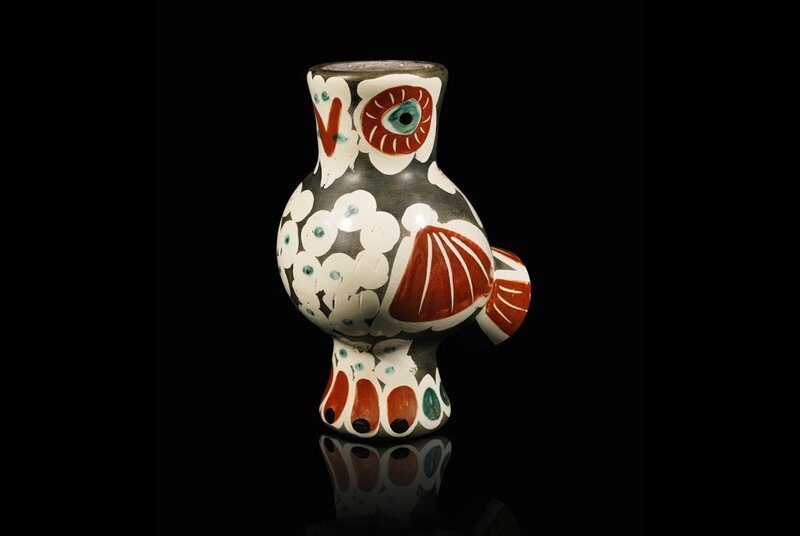


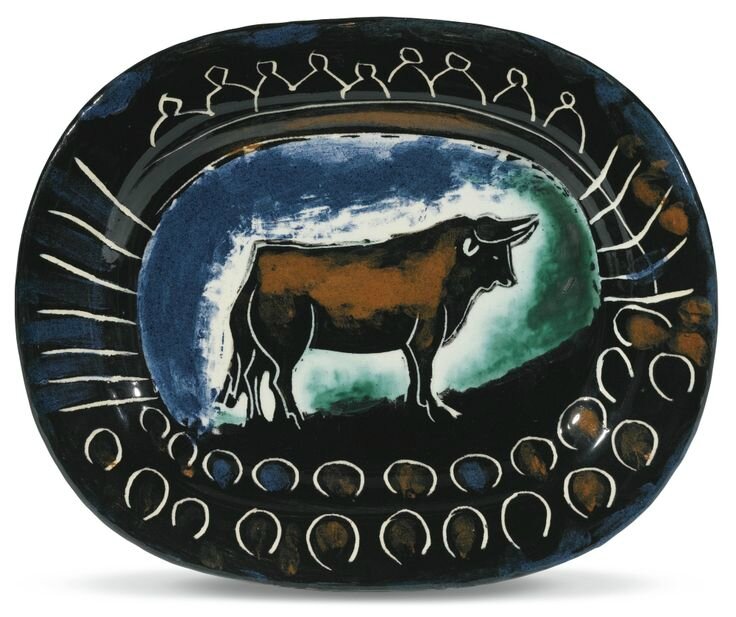


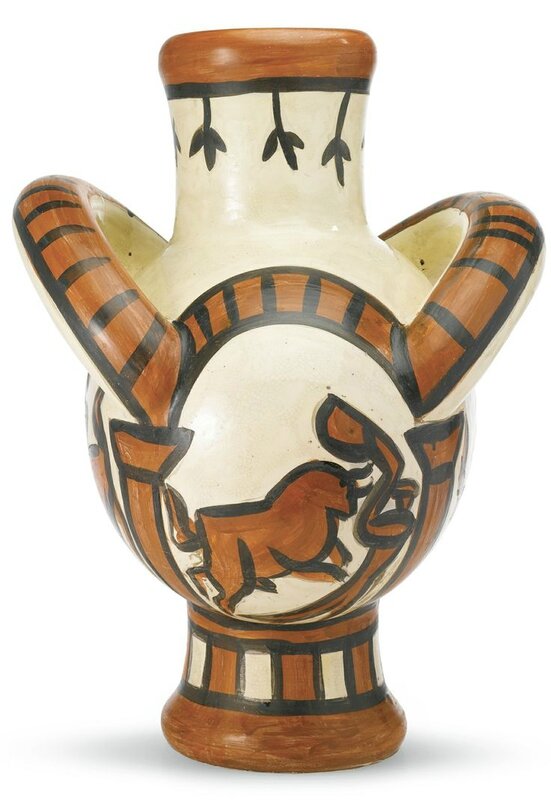

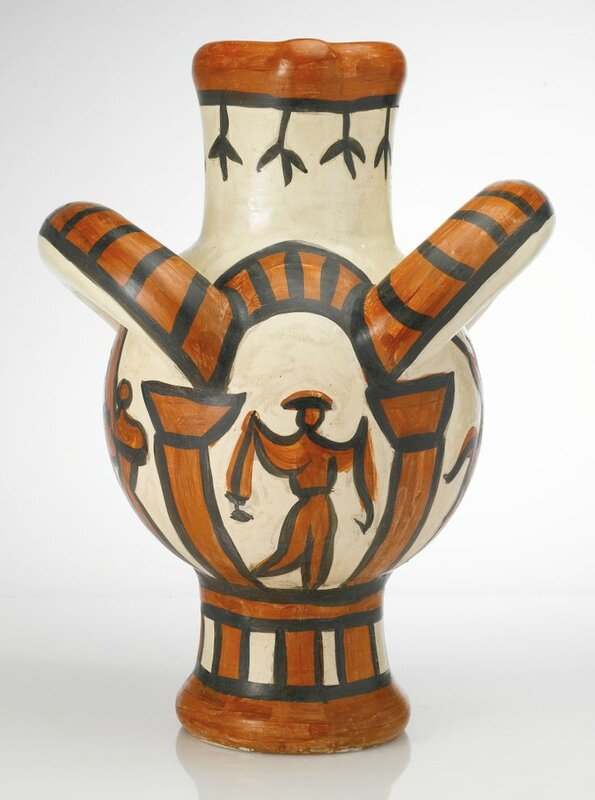
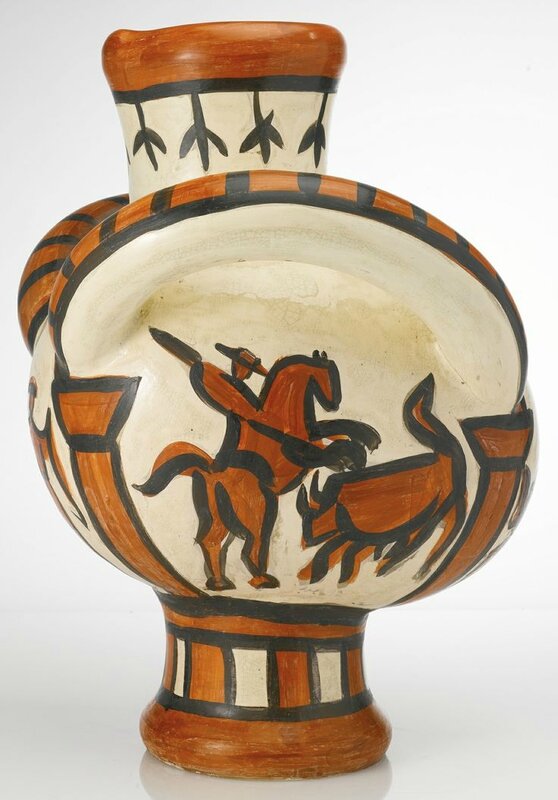
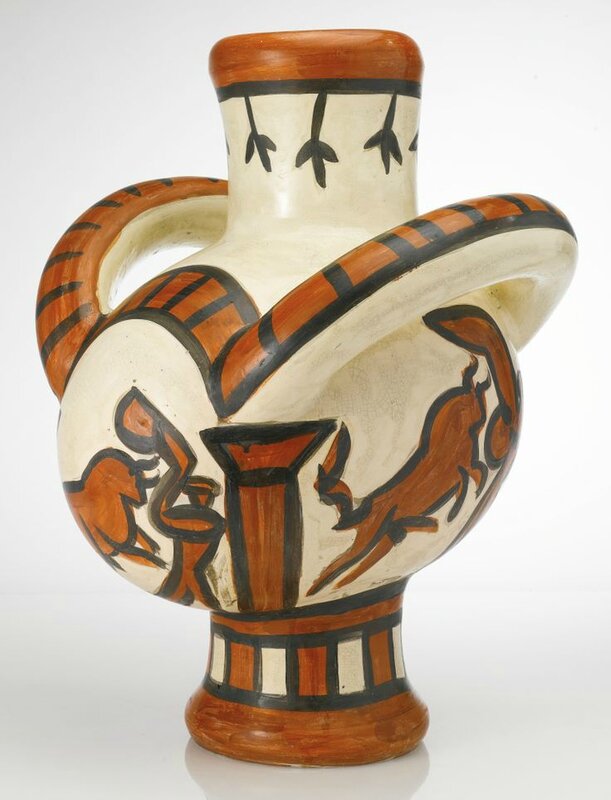

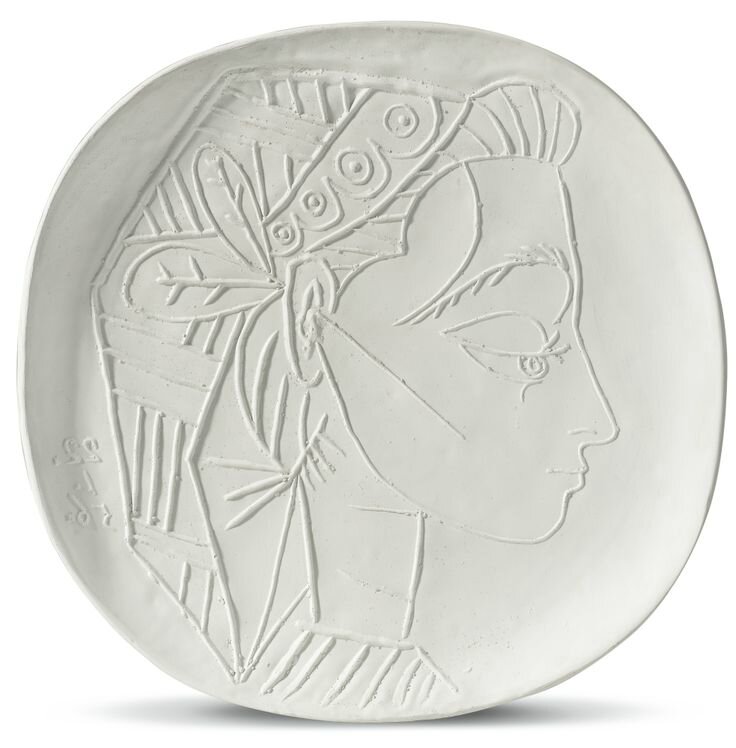

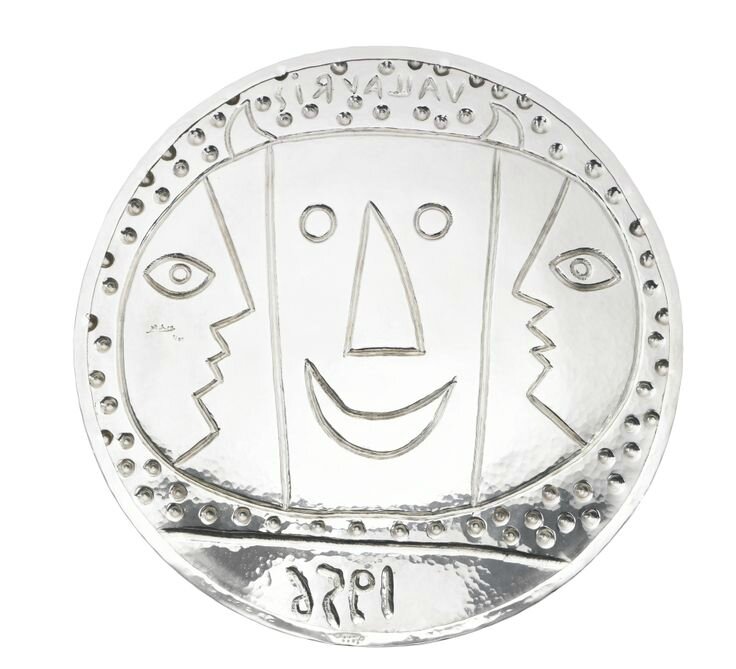
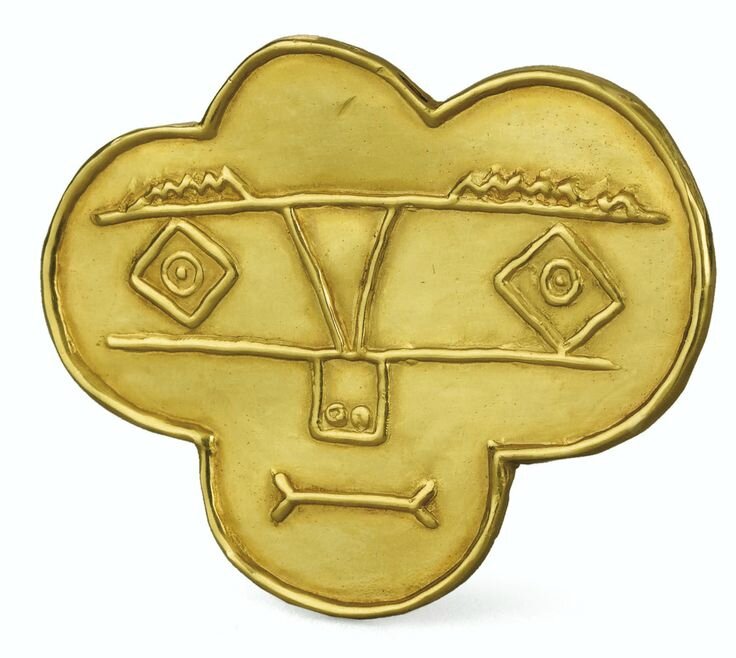
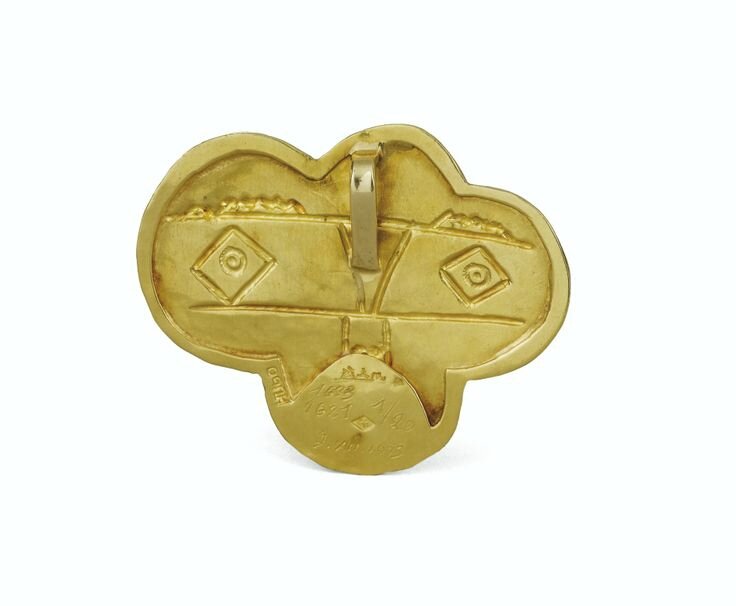
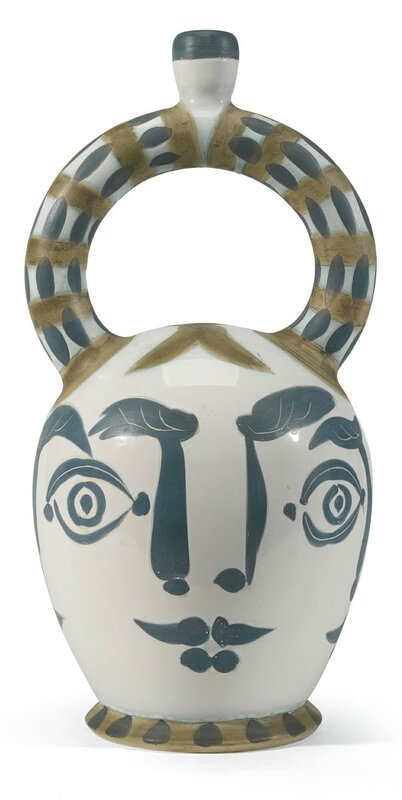
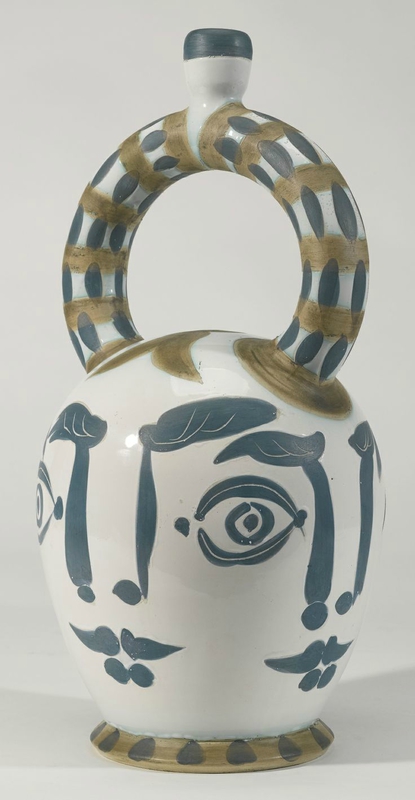
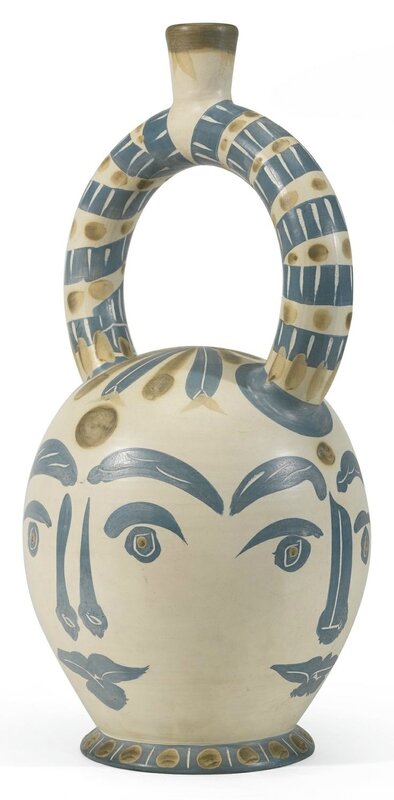
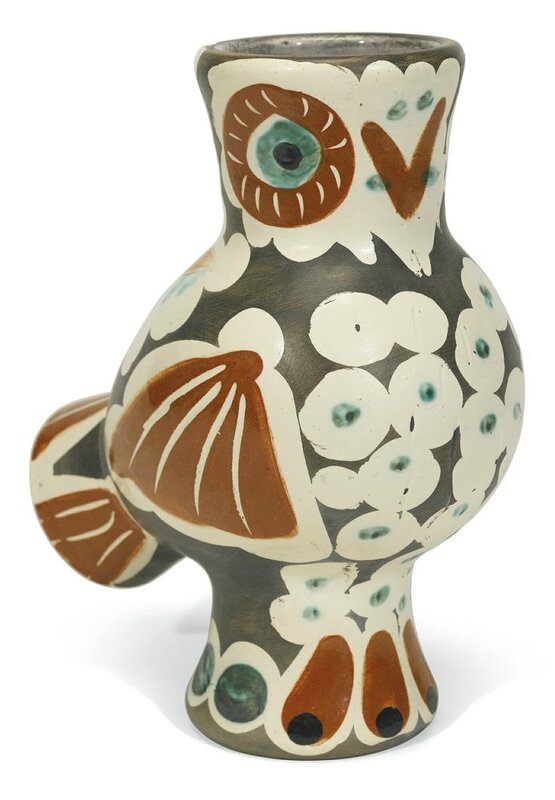



/http%3A%2F%2Fstorage.canalblog.com%2F17%2F17%2F119589%2F113145923_o.jpg)
/http%3A%2F%2Fstorage.canalblog.com%2F54%2F22%2F119589%2F113128639_o.jpg)
/http%3A%2F%2Fstorage.canalblog.com%2F35%2F70%2F119589%2F112637670_o.jpg)
/http%3A%2F%2Fstorage.canalblog.com%2F31%2F51%2F119589%2F112516875_o.jpg)